Gearbox seal: FKM or NBR ?
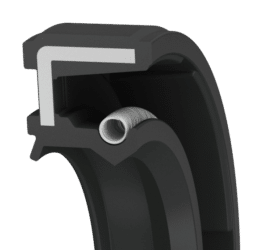 How self-evident is the correct sealing of a gearbox? A standard rubber seal is used in many gearboxes. But these seals often do not fulfill the requirements of a gearboxes due to the high speeds, dynamics and duty cycle of the application. And what if an application is placed in a special environment? Or when it is a special application?
How self-evident is the correct sealing of a gearbox? A standard rubber seal is used in many gearboxes. But these seals often do not fulfill the requirements of a gearboxes due to the high speeds, dynamics and duty cycle of the application. And what if an application is placed in a special environment? Or when it is a special application?
In this article we discuss the characteristics and properties of High-end sealing materials and the questions that you might ask yourself before you make a choice.
Gearbox sealing material
To keep the lubricant inside and contamination outside of our gearboxes, Apex Dynamics is using seals for its gearboxes. The seals on the input and output side of the gearbox of Apex Dynamics are vulcanized around a steel support, so that the seal is form-retained and can always be found with a metal detector. Depending on the application, two high-quality materials are used as standard: FKM and NBR.
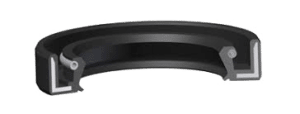 Viton® / FKM seal
Viton® / FKM seal
Viton® is the trade name of this type of elastomer from inventor Dupont. But in practice we also call it Fluorocarbon or FKM. In this article we will use the name FKM.
NBR seal
NBR is also called Nitrile or Nitrile rubber and stands for Nitrile Butadiene Rubber. If it is hydrogenated, it becomes HNBR (Hydrogenated Nitrile Butadiene Rubber).
FKM and NBR are two commonly used elastomers for high-end sealing applications, and not without reason. Both materials are suitable for a wide range of applications. They offer excellent compression resistance and both are resistant to most oils and lubricants, especially petroleum-based lubricants. In addition, applications with moderate temperatures between -15° C and 110° C are suitable for both types, making both materials a very good choice for heavy industrial use.
Which seal is optimal for your application?
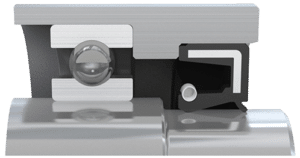
Important circumstances to consider are:
- Temperature of your application/environment
- Chemical resistance
Temperature of your application/environment
Standard FKM connections can continuously seal at temperatures up to approximately 205° C. Standard NBR, on the other hand, is only effective for continuous sealing at temperatures up to 110° C. But at temperatures below -20° C, standard FKM seals are again less effective because they become relatively hard and inflexible. Special FKM joints can offer low temperature capacities of -40° C, but standard NBR works successfully at -35° C and even up to -55° C with a special composition.
Chemical resistance
FKM has a wide range of chemical resistance, making it ideal for most applications with oils, fuels and mineral acids. FKM also offers excellent resistance to oxidation, ozone, exposure to UV radiation, weather and fungi. Although NBR also supports some of the same chemical resistances, it is much less universally resistant than its FKM counterpart, and is affected by weather and ozone exposure. But NBR has superior wear and tear resistance and is therefore better suited for heavier, industrial applications.
 Choice of sealing material
Choice of sealing material
In short, consider the following conditions to get a good idea of which sealing material fits the best your application:
- Fabrics in process and environment
- Required tear and abrasion resistance
- Temperature
- Chemical resistance
- Lifespan
Do you have a specific question about a seal? Then contact Eastern Seals. Do you have a specific question about a gearbox? Then contact Apex Dynamics.
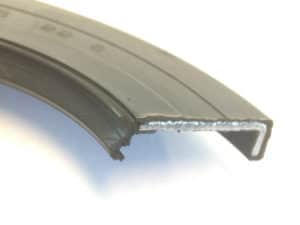
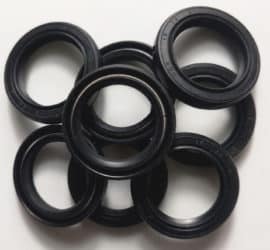 Choice of sealing material
Choice of sealing material



